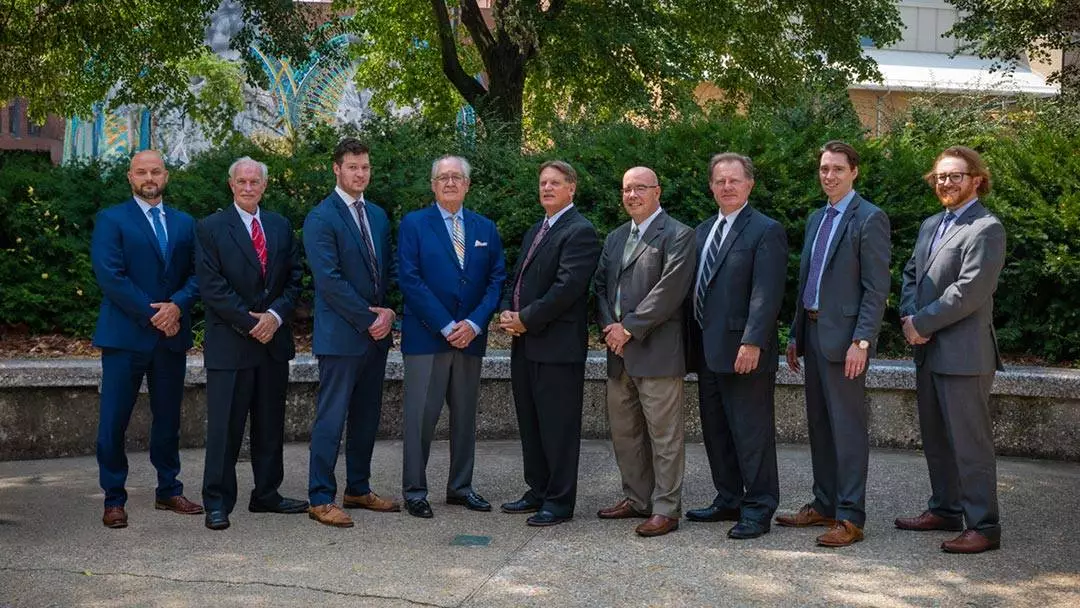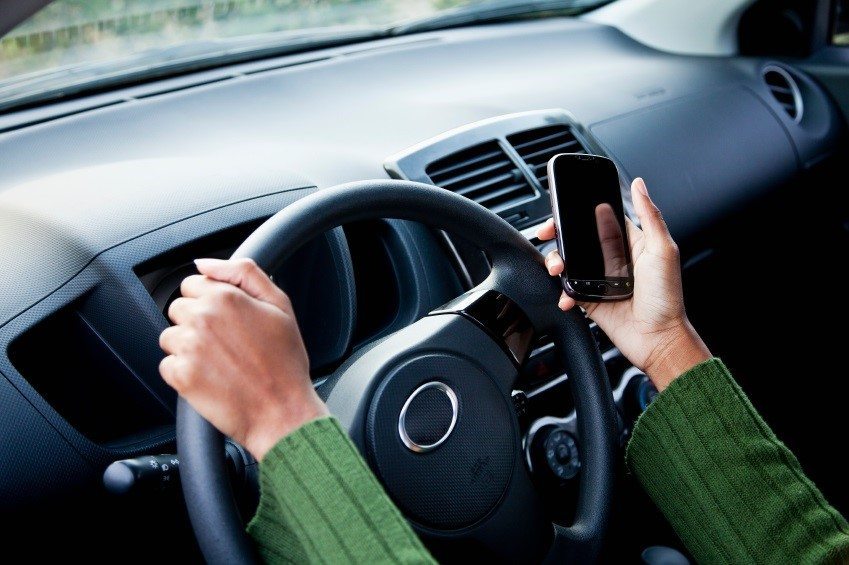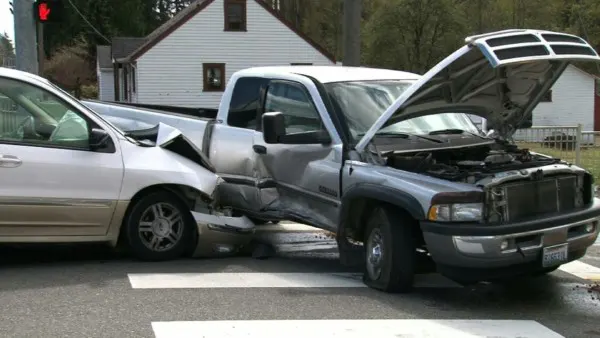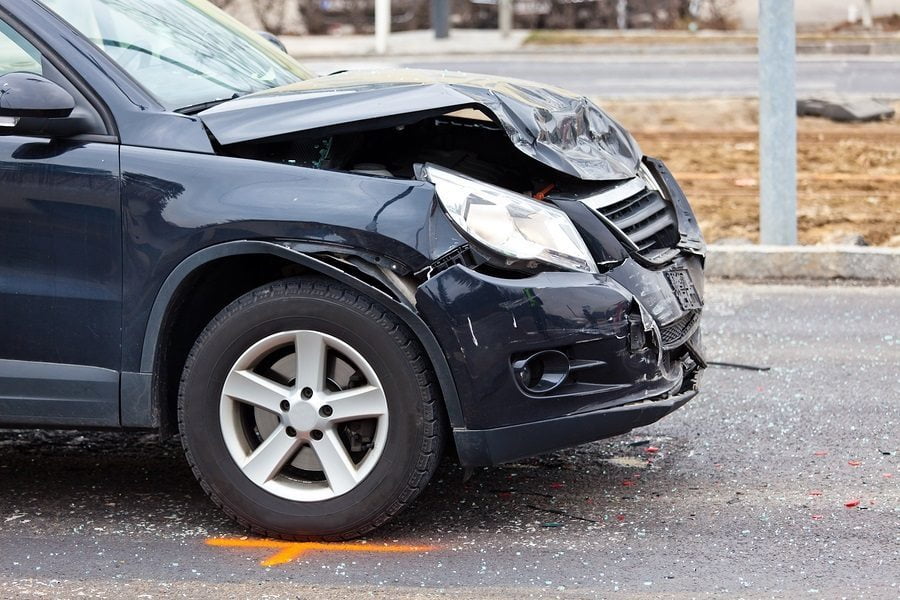With laws banning texting while driving on the books in nearly every state, what kind of impact have the bans actually had on the nation’s traffic fatalities? The short answer is, “not enough.”
Eleven teenagers die every day as a result of texting while driving. Drivers’ use of their cell phones behind the wheel results in six million accidents each year. At any given moment, over 600,000 drivers are using cell phones while driving. Everyone—passengers, other drivers, and even pedestrians—is at risk.
Texting while driving is “distracted driving,” and can be as lethal as driving while drunk.
Texting while driving is the act of composing, sending, or reading text messages or emails on a mobile phone or other devices while operating a motor vehicle. The National Highway Traffic Safety Administration (NHTSA), an arm of the U.S. Department of Transportation (DOT), classifies texting while driving as distracted driving, which includes “any activity that diverts attention from driving including talking to people in your vehicle, texting or taking pictures with your phone, eating and drinking, fiddling with the radio, entertainment or navigation system.”
Using electronic devices while driving requires the driver’s visual, auditory, and cognitive attention, and often some form of manual activity. Recent studies indicate that driving with hands-free devices, such as a hands-free phone, isn’t as risk-free as once thought.
Distracted driving is comparable to drunk driving. People who text while driving are six times more likely to be involved in an accident than people who drive while intoxicated. In other words, you’re less likely to have an accident while driving drunk than while texting behind the wheel.
As early as 1997, NHTSA issued a comprehensive report on the safety implications of phones in motor vehicles. At that time, ten percent of Americans were using cell phones, while some vehicles were equipped with car phones. Five years later, in 2002, NHTSA concluded that the best and most effective way to minimize the risks arising from the use of telecommunication devices while driving would be to disable the equipment when vehicles are in operation.
By 2003, in-vehicle telecommunication devices were identified as an emerging public safety risk. Research showed that merely talking on a cell phone while operating a vehicle leads to “inattention blindness,” or the inability to recognize objects in the driver’s field of vision. By 2009, another study noted a texting driver’s eyes are off the road for an average of 4.6 seconds when sending or receiving messages. When driving 55 miles per hour, this is equivalent to driving the entire length of a football field without being able to see.
Primary texting laws can make the difference between life and death.
There are two types of laws banning texting while driving: “primary” and “secondary.” A primary ban is one for which the driver may be stopped and cited even though the driver has committed no other infraction. Under a secondary ban, the driver cannot be pulled over for texting while driving unless he or she has committed another traffic offense. People in states with primary bans are more likely to reap the benefits of those laws.
Ohio is one of only five states that currently mandate secondary enforcement of texting-while-driving laws. Unless the driver is under age 18, he or she must first be suspected of committing another driving offense. (The other “secondary enforcement” states are Montana— which has no laws banning cell phones or texting while driving—and Florida, Nebraska, and South Dakota.)
Statistics show the dangers of distracted driving.
A 2015 American Journal of Public Health study found fewer car crash hospitalizations—a seven percent decline—between 2003 and 2010 in states with relatively strict bans on texting and driving. Although it could not be proven that stricter texting laws were responsible for the drop, the researchers were able to account for other factors that could explain the decline, such as laws on speeding and drunk driving, and teen driving restrictions.
According to the Centers for Disease Control and Prevention (CDC), the role of distracted driving in highway deaths has increased and in 2016 caused nine deaths per day in the United States. This reflects a 17% increase in distracted driving crashes over 2014 figures, and amounts to 9% of total crashes, according to NHTSA “crash stats.” Overall, there were 37,461 fatalities on the roadways in 2016, an average of 102 deaths per day, and 1,000 injuries.
Vehicular crashes are the leading type of unintentional injury. It is estimated that one in four car crashes involves cell phone use; about 70% of drivers report using a cell phone while driving even though they know that using a cell phone increases the risk of a crash. In fact, many drivers believe that they are “good at” texting while driving—which is the same as saying that they are “good at” driving while blindfolded. Forty-two percent report reading a text or e-mail while driving, according to NHTSA’s 2016 “crash stats.” These statistics also show that drivers under age 25 are more likely to text while driving than other age groups. Ten percent of drivers age 25-34 who were involved in a crash or near-crash said they were talking on a cell phone at the time.
A 2014 study published in the American Journal of Public Health analyzed data from the 48 contiguous states from 2001 to 2010, and compared motor vehicle fatality rates in states with and without texting bans before and after the bans took effect. Here are some of the findings:
- States with laws that only allow police to pull over young drivers who are texting experienced an 11% drop in the incidence of motor vehicle fatalities for individuals aged 15-21. Those states where officers could pull over texting drivers regardless of age showed only a 5% reduction in the incidence of fatalities of people aged 15-21.
- No type of anti-texting law reduced fatality rates for individuals above age 21.
- “Secondary” texting bans, like the laws in Ohio, had no effect on fatality rates for any age group.
- Other factors associated with reduced motor vehicle fatality rates included speed limits not exceeding seventy miles per hour, driver’s license revocation laws, graduated driver’s license laws, higher gasoline prices, and higher state unemployment rates.
The public health researchers’ main finding was that texting while driving laws that received “primary” enforcement were resulting in fatality reductions among younger drivers and non-drivers. However, the percentage declines for this time period were 11% or less.
We advocate strongly on behalf of injured victims of car accidents across Ohio, call and speak with our highly experienced car accident lawyer and receive a FREE consultation and if you decide to hire Slater & Zurz there are no fees unless we win.
Efforts to address distracted driving haven’t solved the problem.
State-level initiatives
At the state level, New York became the first state to institute a ban on using hand-held cell phones while driving. In 2007, Washington became the first state to enact a ban on texting while driving for all drivers. Five years later, Maine and New Jersey became the first states to restrict the use of cell phones by teen drivers.
Some states subject drivers to license suspensions and/or higher car insurance premiums for texting-while-driving infractions and repeat offenses. Thirty-eight states and the District of Columbia ban cell phone use for novice or teen drivers. Sixteen states ban all use of hand-held phones while driving regardless of the driver’s age.
Alaska enacted the most severe penalties in the U.S. for texting while driving, which is classified as a misdemeanor. A first offense is punishable by a $10,000 fine or a year in prison. If someone is killed in Alaska due to texting while driving, the responsible party may face 20 years in prison and a $250,000 fine. Utah, Oregon, Indiana, and Maine also have stiff penalties, often for repeat offenses. In Washington, repeat offenders are charged more than $200 and in Vermont, fines can be as high as $500. As of 2016, the lowest fines were in Missouri ($21), Kentucky, New Mexico, Texas, and South Carolina (all $25).
Ohio recently raised its first-time fine for texting while driving from $100 to $150. Drivers under 18 years of age face a $150 fine and a sixty-day license suspension for a first offense. For a second offense, the fine is $300 and a one-year license suspension for drivers under 18.
Several Ohio cities have their own laws about texting and driving, including Cleveland, Columbus, Moreland Hills, Pepper Pike, Portsmouth, and Toledo. Ohio cities that have made texting while driving subject to “primary” rather than “secondary” enforcement include Bexley, Brooklyn, North Olmsted, North Royalton, South Euclid, Walton Hills, Beachwood, Marietta, Shaker Heights, and Woodmere.
Federal efforts
In 2009, President Barack Obama issued an executive order prohibiting federal employees from texting and driving while on official government business, but the order lacked force. His transportation secretary, Ray LaHood, made distracted driving his signature safety issue. In 2010, The Federal Motor Carrier Safety Administration (FMCSA) banned commercial truck and bus drivers from texting while driving and, in 2011, banned all hand-held cell phone use by commercial drivers. Texting on electronic devices by drivers operating a motor vehicle containing hazardous materials was also banned in 2011.
In the next few years, the Department of Transportation established a national video campaign and initiated a victim’s advocacy organization, “Focus-Driven Advocates for Cell-Free Driving,” similar to the grassroots “Mothers Against Drunk Driving,” whose campaign ultimately led to stringent laws regulating driving while intoxicated. The National Transportation Safety Board (NTSB) also took steps to address texting and cell phone use while driving.
In some instances, the federal government has offered financial incentives to states to enact safety laws, or imposed a penalty or sanction—e.g., withholding federal highway funds—for failing to act. One example of this type of action was legislation that set the legal drinking age at 21 nationwide and compelled states to adopt the law or lose federal highway aid. According to NHTSA, laws raising the minimum legal drinking age saved more than 28,000 lives from 1975 to 2011.
In 2012, Congress enacted a program to encourage states to pass distracted driving laws. To qualify for these funds a state must have a “primary enforcement” all-driver texting ban and a “primary enforcement” cell phone ban for drivers under 18. In 2013, seven states received these grants.
Some states are safer than others.
Each year “crash stats” compiled by the NHTSA enable the experts to determine where the most crash occur, whether they are deadly, and how big a role distracted driving plays in causing an accident. In 2016, nine states and the District of Colombia had the best enforcement of cell phone bans while driving, based on tickets issued per licensed driver. Delaware was first, followed by New York, the District of Columbia, New Jersey, Hawaii, Connecticut, California, Illinois, Nevada, and West Virginia. Ohio ranked 39th in the number of tickets issued for texting while driving.
Mississippi, Alabama, and South Carolina are the top three states for car crash fatalities. None of these states has a statewide law banning handheld cell phone use while driving. Kentucky, Louisiana, Mississippi, Oklahoma, and South Carolina have preemption laws that prohibit local jurisdictions from enacting their own distracted driving laws. They are named as five of the top ten deadliest states for car crashes. Also in the top 10 are New Mexico, Wyoming, Montana, and Arkansas.
Enforcement of distracted driving laws varies widely, and discouraging texting and driving can be extremely challenging without a law banning all handheld cell phone use for all drivers. States, where all drivers can be pulled over for talking on their cell phones, include California, Connecticut, Delaware, Georgia, Hawaii, Illinois, Maryland, Nevada, New Hampshire, New Jersey, New York, Oregon, Rhode Island, Vermont, Washington, West Virginia, and the District of Columbia.
Rely on a Full-Service Firm to Handle Your Personal Injury Case
If you were injured in a crash caused by a distracted driver, you should reach out to an experienced, full-service law firm with expertise in personal injury claims and a record of success.
Like so many others who have placed their trust in us, you can count on Slater & Zurz LLP one of our car accident lawyers who will thoroughly evaluate your personal injury claim, answer your questions, and advise you concerning how to proceed. Call or email our team of dedicated professionals for a free consultation. We’re here to serve your legal needs with compassion, determination, and the drive to win.






